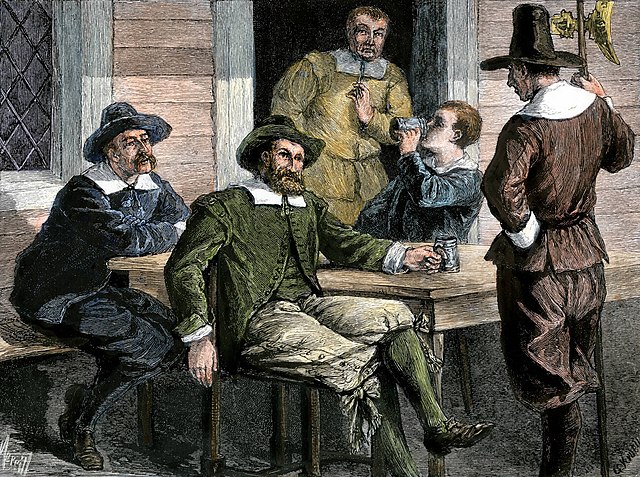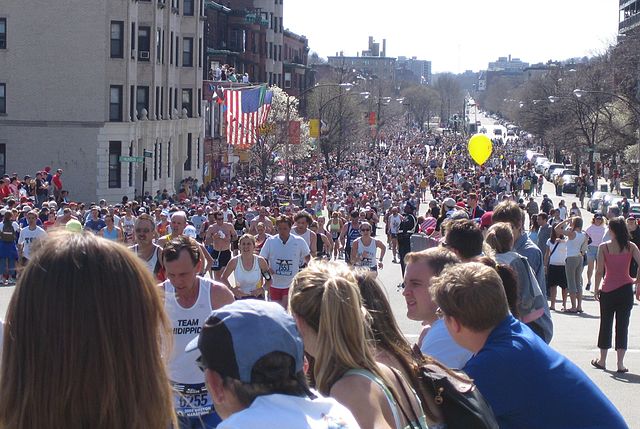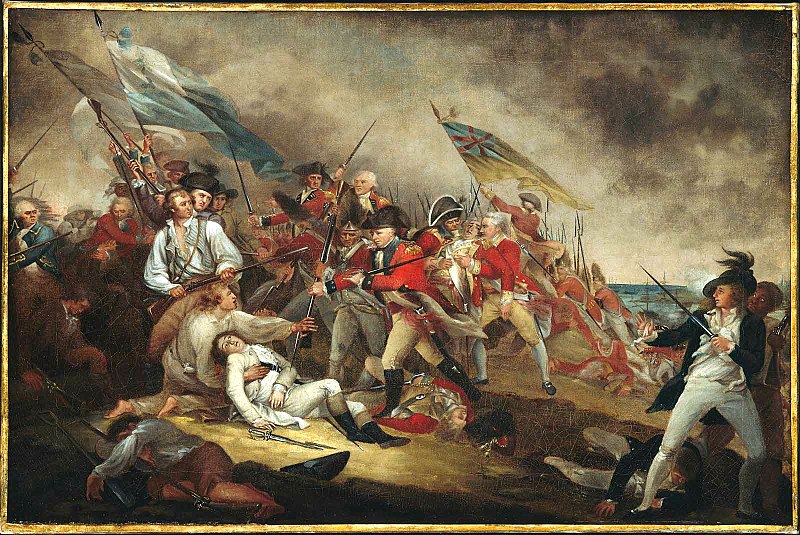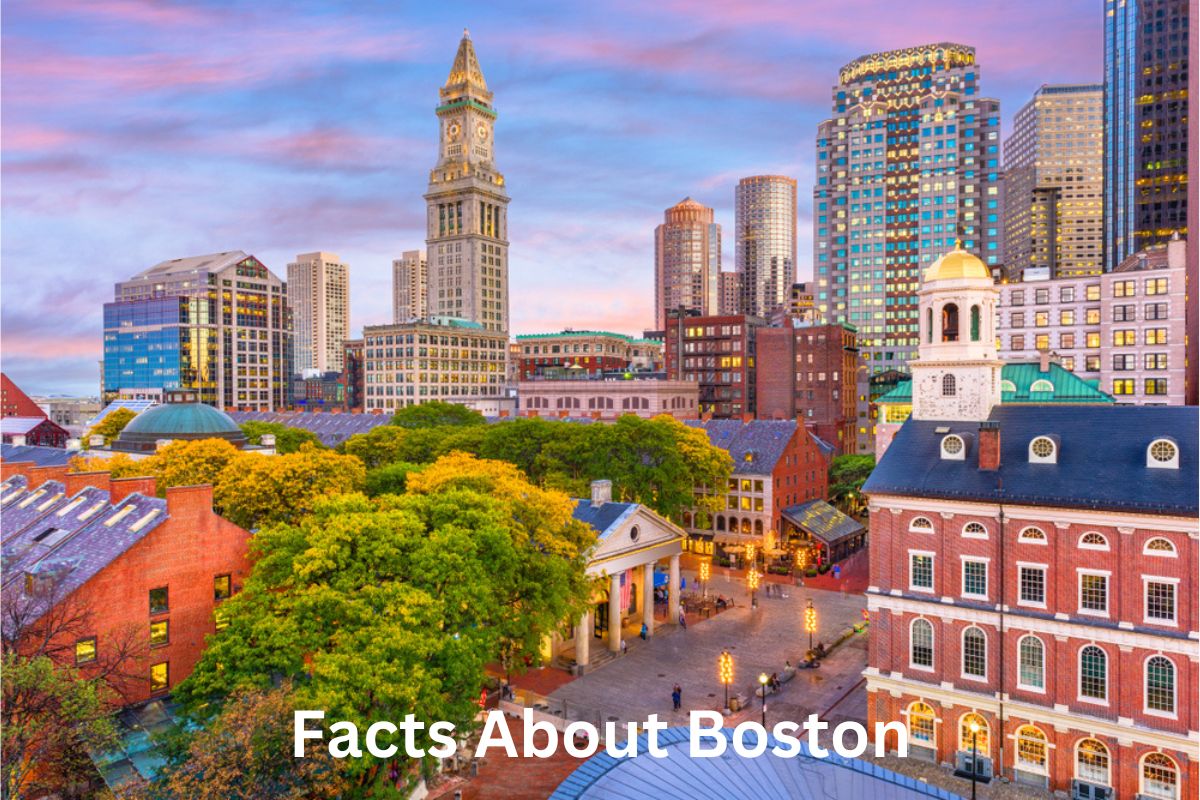Boston is a historic city located in the northeast region of the United States, specifically in the state of Massachusetts.
Boston is one of the oldest cities in the United States, having been established in the year 1630; it was also an important participant in the American Revolution.
The city is well-known for its historically significant sites, cultural landmarks, and educational institutions that are recognized all over the world, such as Harvard University and the Massachusetts Institute of Technology (MIT).
Boston, the state capital of Massachusetts, is a bustling and diversified metropolis that is also a center of the business, financial, and technological sectors.
Visitors to Boston can explore numerous attractions, including:
- Freedom Trail
- Boston Common
- The Museum of Fine Arts
- Fenway Park
Because of its one-of-a-kind combination of history, culture, and innovation, Boston is not only a fascinating destination for tourists, but also a significant city in the United States.
Boston Facts
1. Boston is the capital and largest city of the state of Massachusetts
Boston is the capital and largest city of the state of Massachusetts in the United States.
It is one of the oldest and most historically significant cities in the United States, and its location in the northeastern part of the country makes it particularly notable.
Boston is not just one of the most populated cities in the country with a population of over 700,000 people, but it is also an essential hub for commercial activity, cultural expression, and educational opportunities.
2. Boston was founded in 1630 by English Puritans
Boston was founded in 1630 by English Puritans who established the Massachusetts Bay Colony.
The colonists gave it the name Trimountaine when they first settled there, but it was later changed to Boston in honor of the town of Boston, which is located in Lincolnshire, England.
The Boston Tea Party and the Battle of Bunker Hill are two examples of the significant roles that Boston played in the American Revolution. Both of these events took place in the city of Boston.

The city is filled with numerous historic structures and landmarks, like as the Freedom Trail, the Paul Revere House, and the Old North Church, which serve as living testaments to the city’s long and illustrious past.
Although though it has grown into a flourishing metropolitan area with a diversified population and a robust economy, Boston has never lost the historical significance and charm that make the city so appealing.
3. Boston is known for its numerous world-class universities
Boston is known for its numerous world-class universities and colleges, which attract students and scholars from all over the world. Some of the most notable institutions in the area include:
- Harvard University – Founded in 1636, Harvard is one of the oldest and most prestigious universities in the United States. It is located in the nearby town of Cambridge and is consistently ranked as one of the top universities in the world.
- Massachusetts Institute of Technology (MIT) – Located in Cambridge, MIT is renowned for its programs in engineering, science, and technology, and is often ranked as one of the top universities in the world.
- Boston University – Founded in 1839, Boston University is a private research university located in the heart of Boston. It is known for its strong programs in the arts, humanities, and social sciences, as well as its professional schools in law, medicine, and business.
- Northeastern University – Located in the Fenway neighborhood of Boston, Northeastern is a private research university known for its co-op program, which provides students with valuable work experience in their field of study.
These and many other universities and colleges in the Boston area contribute to the city’s intellectual and cultural richness, and attract talented students and scholars from around the world.
4. Home to the Boston Marathon
The Boston Marathon, one of the most renowned and well-known marathons in the world, is held in Boston. The Boston Marathon, which has been held every year since 1897, attracts thousands of runners and spectators from all over the world.
The marathon takes place on Patriots’ Day, a Massachusetts state holiday, and covers a 26.2-mile course that begins in Hopkinton and ends in downtown Boston.

The Boston Marathon is well-known for its difficult course, which includes the renowned Heartbreak Hill, as well as its stringent qualifying rules, which require runners to have completed a previous marathon within a specified time frame in order to be able to enter.
The Boston Marathon is a key cultural event in the city, and its history and tradition have contributed to its status as a treasured and iconic element of Boston’s identity.
5. The Boston Red Sox
The Boston Red Sox, one of the most historic baseball teams in the country, play their home games in Fenway Park, one of the country’s oldest and most iconic baseball stadiums.
Fenway Park, which opened in 1912, is noted for its unusual features, including the Green Monster, a 37-foot-high ivy-covered left-field wall that is one of the park’s most recognizable features.
Fenway Park has a seating capacity of little more than 37,000 people and is noted for its cozy and historic ambience, which has made it a popular destination for baseball fans from across the world.
The Red Sox have a lengthy and successful history, having won several World Series victories, and Fenway Park has hosted some of baseball’s most famous moments.
6. The Boston Celtics and the Boston Bruins
Boston is also home to two other major sports teams, the Boston Celtics basketball club and the Boston Bruins ice hockey team, in addition to the Boston Red Sox.
The Boston Celtics are one of the most successful teams in the history of the National Basketball Association (NBA), having won 17 championships in a 13-year span from 1957 to 1969.
The Boston Bruins are one of the original six teams in the National Hockey League (NHL), having won six Stanley Cups.
Both clubs play their home games in TD Garden, a multi-purpose facility in Boston’s North End district.
The TD Garden also hosts other events such as concerts and conventions, and it is a prominent entertainment arena in the Boston area.
7. Boston was an important location during the American Revolution
Boston was an important location during the American Revolution, with several crucial events taking place there.
One of the most famous of these instances was the Boston Tea Party, which happened in 1773 when a group of colonists dumped containers of tea into Boston Harbor in protest of British taxation laws.

The event was a major trigger for the American Revolution, strengthening colonial hostility to British rule.
The Battle of Bunker Hill, fought on June 17, 1775, in the nearby town of Charlestown, was another significant event in Boston during the American Revolution.
Although the battle was ultimately won by the British, it was a watershed moment in the early years of the Revolutionary War, demonstrating the American colonists’ perseverance and bravery.
8. Boston is home to the oldest public park in the United States
Boston is home to the oldest public park in the United States, which is known as the Boston Common.
The Boston Common was founded in 1634, just a few years after the city began, and has since functioned as a public gathering space and recreational area for Boston citizens.
The Common is located in the middle of the city on 50 acres of property and is surrounded by several main streets and neighborhoods, including Beacon Hill and the Theater District.
Several significant statues and monuments may be found throughout the park, including the Parkman Bandstand, the Soldiers and Sailors Monument, and the Brewer Fountain.
The nearby Public Garden, a lovely and well kept park famed for its brilliant flowers, elegant walks, and distinctive swan boats, is also connected to the Boston Common.
These two parks, together, are a beloved and significant component of Boston’s landscape and cultural heritage.
9. Boston is home to the first subway system in the United States
The Massachusetts Bay Transportation Authority (MBTA) subway, or the “T” as it is often known, was the first in the United States.
The first portion of the subway, which ran between the Park Street and Boylston Street stations in Boston, opened on September 1, 1897, and was a huge success.
Since then, the subway system has grown to encompass many lines that travel across the city and adjacent suburbs, and it is a key part of Boston’s public transit network.
The T is an essential emblem of Boston’s history of invention and prosperity, and it provides a quick and economical method for residents and visitors to get around the city.
10. The Fig Newton was named after Newton, Massachusetts
The Fig Newton, a popular sort of fruit-filled biscuit, was named after Newton, Massachusetts, a Boston suburb. The Kennedy Biscuit Factory, which was eventually acquired by Nabisco, first created the cookie in 1891.
The original version of the cookie was filled with fig paste, and the moniker “Fig Newton” immediately became popular as a means to characterize the delicacy’s distinctive shape and flavor.
The cookie was an instant hit and has been a beloved delicacy for more than a century. The Fig Newton is still available today under the Nabisco brand name, and Newton is happy to be linked with this famous American cookie.
11. Fenway Park is the oldest original Major League Baseball stadium still in use.
Fenway Park, located in Boston’s Fenway-Kenmore district, is the oldest original Major League Baseball stadium that is still in use. It first opened its doors in 1912 and has served as the home of the Boston Red Sox ever since.
Fenway Park has a seating capacity of slightly more than 37,000 people and is recognized for its distinctive features such as the Green Monster wall in left field and the manually controlled scoreboard in right field.
Many notable moments in baseball history have occurred in the stadium, including multiple World Series championships and the legendary 1975 World Series game that featured Carlton Fisk’s walk-off home run in Game 6.
Fenway Park is admired by baseball fans worldwide, and its rich history and charm have contributed to its status as a cherished emblem of Boston’s identity.
12. The first lighthouse in the United States was built in Boston
In 1716, the first lighthouse in the United States was built in Boston. The Boston Light was built on Little Brewster Island in Boston Harbor and was known as the Boston Light.
The lighthouse was erected to assist ships in entering the harbor securely, and it played an important role in early American maritime history. The original lighthouse was destroyed during the American Revolution, but it was rebuilt in 1783 and has been in use ever since.
The Boston Light is still in use today as a navigational aid and is maintained by the United States Coast Guard. It is also a popular tourist destination that can be reached by boat, albeit entrance to the island is restricted to organized tours.
The Boston Light is an important part of Boston’s nautical legacy, and its history and significance have contributed to its status as a municipal emblem.
13. A molasses spill once killed 21 people
A big molasses storage tank exploded in Boston’s North End neighborhood in 1919, resulting in a horrific disaster that killed 21 persons and injured over 100 more.
The Purity Distilling Company owned the tank, which was located near the intersection of Commercial Street and Charter Street. The molasses in the tank was being used to make industrial alcohol, which was in high demand during Prohibition’s early years.
As the tank exploded, an estimated 2.3 million gallons of molasses inundated the surrounding streets and buildings, causing a molasses wave up to 25 feet high in some spots.
The wave’s impact was powerful enough to knock buildings off their foundations and imprison individuals in the sticky and viscous substance. The event was a tremendous catastrophe for the city of Boston, and cleaning up the molasses from the streets and buildings in the neighborhood took many weeks.
The molasses flood location is now marked by a plaque, which serves as a warning of the perils of industrial mishaps and the necessity of workplace safety.
